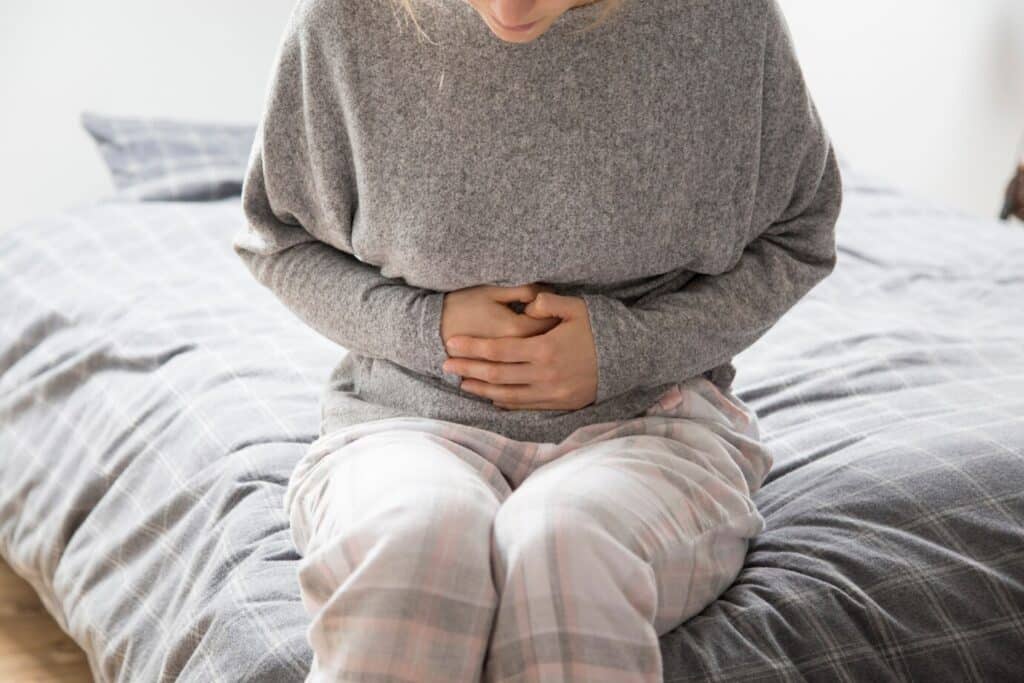Bone and Joint Health: Simple Habits for Stronger Mobility
You might be surprised at how a few simple adjustments in your daily routine can make a significant impact on the strength and flexibility of your bones and joints. By incorporating practical habits into your lifestyle, you can enhance your mobility and overall well-being. From the foods you eat to the exercises you do, each choice you make can contribute to the longevity of your bone and joint health. Stay tuned to discover practical tips that can help you achieve stronger mobility and support a healthier, more active lifestyle with Westmont of Santa Barbara.
Importance of Bone Density
When it comes to maintaining healthy bones and joints, understanding the importance of bone density is essential. Bone density refers to the amount of mineral content present in your bones, which is critical for overall bone strength and resistance to fractures. One key factor in maintaining ideal bone density is ensuring an adequate calcium intake.
Calcium is a crucial mineral that plays a central role in bone health, helping to strengthen bones and prevent conditions like osteoporosis. Engaging in weight-bearing exercises is necessary for improving bone density, as these activities stimulate bone-forming cells and lead to increased bone density over time, ultimately reducing the risk of fractures.
Nutritional Support for Joints
To effectively support joint health through nutrition, it’s [ESSENTIAL] to focus on consuming foods rich in specific nutrients that promote joint function and reduce inflammation. In addition to a balanced diet, incorporating certain supplement options can further enhance joint health. Omega-3 fatty acids found in fish oil have been shown to reduce joint stiffness and improve function. Glucosamine and chondroitin are popular supplements that support cartilage health and help reduce joint pain. Including foods high in antioxidants like fruits, vegetables, and nuts can help reduce inflammation.
Consuming sources of vitamin C, such as citrus fruits and bell peppers, supports collagen production essential for joint structure. Foods rich in vitamin D and calcium, like dairy products and leafy greens, are [ESSENTIAL] for maintaining strong bones that support the joints. It’s important to also consider the impact of hydration on joint health, as staying well-hydrated helps maintain the lubrication of joints and reduces friction during movement.

Regular Exercise Recommendations
Engaging in regular exercise is an essential component of maintaining ideal bone and joint health. Incorporating flexibility routines into your exercise regimen can help improve joint mobility and reduce the risk of injuries. Focus on activities like yoga or Pilates to enhance flexibility and range of motion in your joints. Additionally, integrating strength training exercises into your routine is necessary for building muscle mass and supporting your skeletal system. By strengthening the muscles around your joints, you can provide them with better stability and protection. Include exercises such as weightlifting or bodyweight exercises to enhance muscle strength and overall joint function.
Aim for a balanced exercise routine that combines both flexibility and strength training to promote the best bone and joint health. Remember to start slowly and gradually increase the intensity of your workouts to prevent overexertion. Prioritize consistency in your exercise habits to reap the long-term benefits of stronger mobility and improved bone and joint health. Customizing your workout routines based on individual fitness levels and consulting experts for tailored plans can help ensure safe and effective exercise experiences.
Posture and Alignment Tips
For best bone and joint health, maintaining proper posture and alignment is essential. To promote spinal alignment and reduce strain on your joints, start by optimizing your workspace ergonomics. Confirm your chair supports your lower back, and your feet are flat on the floor. Keep your computer screen at eye level to prevent neck strain. Additionally, ensuring that your leg strength impacts walking and balance is crucial for overall posture and joint health. When standing, distribute your weight evenly on both feet, with your shoulders back and relaxed. Avoid slouching or hunching over, as this can lead to back pain and misalignment of the spine.
Discover the level of care you or your family member requires. What Level of Care Do You Need?
Stress Management for Joint Health
Effective stress management is essential for maintaining peak joint health. Mindfulness practices and relaxation techniques can greatly benefit your joints by reducing inflammation and improving overall mobility. By incorporating mindfulness practices into your daily routine, you can lower cortisol levels, a hormone linked to inflammation, thereby promoting healthier joints. Additionally, engaging in memory games for seniors can provide mental stimulation and social interaction, further supporting stress reduction and joint health.
To sum up, by incorporating simple habits like eating calcium-rich foods, staying active, and practicing good posture, with the support of Westmont of Santa Barbara at 805-845-4921, you can build a strong foundation for healthier bones and joints. Think of your body as a well-tuned machine that needs regular maintenance to keep running smoothly. Remember, small changes can lead to big improvements in your mobility and overall well-being. Keep up the good work and watch your strength and flexibility soar!








